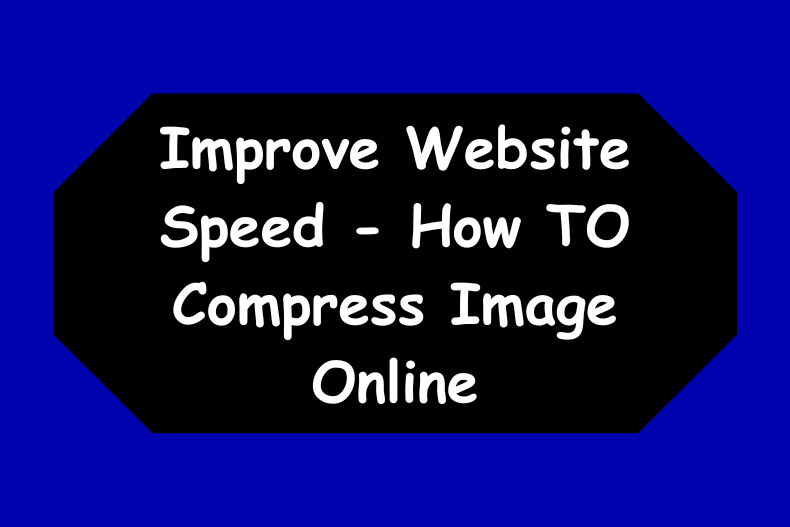Compress Image Online Free – Improve Website Speed

Hello, friends! Have you ever felt frustrated because of an image file size that’s too large? Or perhaps you need to compress a JPG or JPEG image to a specific size for certain needs? If so, you’re in the right place.
Why Compress Images?
First off, let’s talk about why you might want to compress images. Compressing an image can save storage space on your device and make it easier to share or upload images online. Especially when dealing with JPG or JPEG files, which are commonly used for high-resolution photos, the file size can be quite large.
How to Compress Images
Now, let’s get into the how-to part of this guide. You don’t need any special software or technical skills to compress images to a specific size online for free. Here are the steps:
- Select Your Image: The first step is to choose the image you want to compress. This could be any image stored on your device.
- Upload Your Image: Next, you’ll need to upload your image to an online image compression tool. Remember, you don’t need to download anything – everything is done online!
- Choose Your Settings: Once your image is uploaded, you’ll be able to choose your compression settings. This is where you can specify the size you want your image to be compressed to.
- Compress Your Image: After choosing your settings, all that’s left is to hit the “Compress” button and let the tool do its work. In just a few moments, your image will be compressed to your specified size.
- Download Your Image: Finally, once your image has been compressed, you’ll be able to download it back onto your device. And just like that, you’ve successfully compressed an image!
The Importance of Image Compression
In the digital age, images are everywhere. They’re on our social media feeds, our websites, and our online advertisements. But as the quality of digital images improves, so does their file size. High-resolution images can take up a lot of storage space and can slow down your website load times, which can frustrate your visitors and potentially drive them away.
That’s where image compression comes in. By reducing the file size of your images without significantly reducing their quality, you can save storage space, improve your website load times, and provide a better user experience for your visitors.
Different Image Formats: JPG and JPEG
You might have noticed that some image files end in .jpg while others end in .jpeg. But what’s the difference? In reality, there is no difference between JPG and JPEG. Both are image file formats that use lossy compression to reduce the size of the image files. The only difference is the number of characters used in the extension.
The Magic Behind Image Compression
When you compress an image, you’re essentially reducing the amount of data that makes up the image. This is usually done through a process called “lossy” compression, where some data is removed from the image. The goal is to remove data that won’t be noticeably missed – for example, an area of the image where the color doesn’t change much might be compressed more than an area with a lot of detail.
Tips for Effective Image Compression
While compressing images is relatively straightforward, there are a few tips you can follow to get the most out of your compression:
- Don’t Overcompress: While it might be tempting to reduce your images as much as possible to save space, overcompressing can lead to a noticeable loss in image quality. Try to find a balance between file size and quality.
- Experiment with Different Settings: Different images may require different compression settings. Don’t be afraid to experiment with different settings to see what works best for each image.
- Consider Your Audience: If your audience is likely to view your images on high-resolution screens, you might want to opt for less compression to maintain a high-quality image.
Conclusion
And there you have it – a simple and easy way to compress images online for free! Whether you’re trying to save space on your device, speed up your website, or simply share images more easily, knowing how to compress images can be incredibly useful.
Remember: when it comes to compressing images, it’s all about finding the right balance between quality and file size. So don’t be afraid to experiment with different compression settings until you find what works best for you.